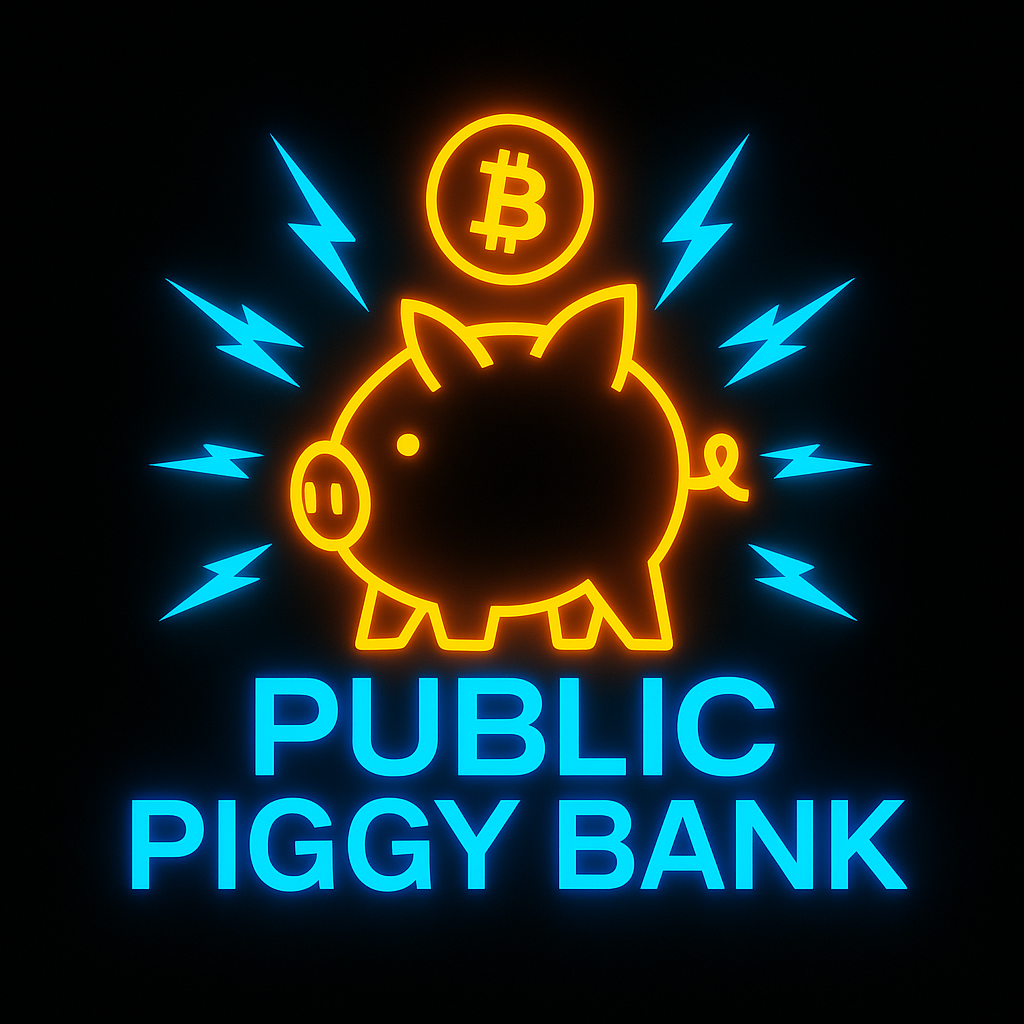
What Is a Bitcoin Miner (ASIC)?
A Bitcoin miner is a highly specialized machine that performs intensive mathematical computations to validate transactions, secure the Bitcoin network, and issue new coins into circulation.
These computations are executed using an algorithm called SHA-256, and today’s mining process is powered almost entirely by machines known as ASICs — Application-Specific Integrated Circuits — designed exclusively for this function.
Understanding ASIC Technology:
ASICs are custom-built processors engineered to perform only one task: Execute SHA-256 hashing operations at extremely high speed and efficiency.
Unlike general-purpose computers (GPUs), ASICs cannot multitask. They are not designed for browsing, gaming, or any other function. Their architecture is optimized solely for Bitcoin mining. This extreme specialization allows them to perform trillions of hashing attempts per second, far outperforming any traditional hardware.
What Does a Miner Actually Do? Bitcoin’s mining process is a competitive race to solve a cryptographic puzzle.
Here’s how it works:
1. Each miner gathers a set of unconfirmed Bitcoin transactions into a proposed block.
2. The miner adds a random number (called a nonce) to this block.
3. The miner then applies the SHA-256 algorithm to this data to generate a hash.
4. The goal is to find a hash that falls below a specific target value defined by Bitcoin’s current network difficulty — meaning the hash must begin with a certain number of zeros. If the hash does not meet the required difficulty, the miner adjusts the nonce and tries again — executing this process trillions of times per second.
The first miner to discover a valid hash: Earns the right to append their block to the blockchain, Receives the block reward and all associated transaction fees
Mining Rewards and Incentives: As of the current Bitcoin protocol (post-2024 halving), the block reward stands at 3.125 BTC per block, awarded approximately every 10 minutes, Plus all transaction fees contained in that block. This process is Bitcoin’s native issuance mechanism. There is no central authority, printing press, or political influence — only objective mathematical validation backed by real-world computational power.
Why Mining Is Critical to Bitcoin’s Integrity?
Bitcoin mining provides three essential functions:
1. Transaction Validation
Miners verify that each transaction follows the rules of the network — including valid signatures and no double-spending.
Mining makes Bitcoin tamper resistant. Altering a previous block would require re-mining that block and every block after it — a practically impossible task without controlling the majority of global mining power.
3. Decentralized Consensus
Mining enables a trustless system of agreement among thousands of nodes worldwide, removing the need for intermediaries or central authorities. Through mining, Bitcoin enforces its own rules — mathematically, consistently, and without bias. A professional-grade mining unit is evaluated based on: Hashrate: Measured in TH/s (terahashes per second), this defines how many SHA-256 computations the machine can perform every second.
Power Efficiency: Measured in J/TH (joules per terahash), this determines how much electricity is required to produce a given number of hashes.
Thermal Reliability: These machines operate continuously in high-load environments, requiring careful heat management and ventilation. Bitcoin miners are the foundation of the network’s security and the enforcers of its rules. ASIC miners convert electrical energy into computational work that upholds Bitcoin’s decentralized, tamper-proof ledger. Their role is not optional — it is fundamental. Without miners, there is no Bitcoin. With them, Bitcoin becomes the most secure financial protocol ever created — governed by code, protected by energy, and enforced by mathematics.

